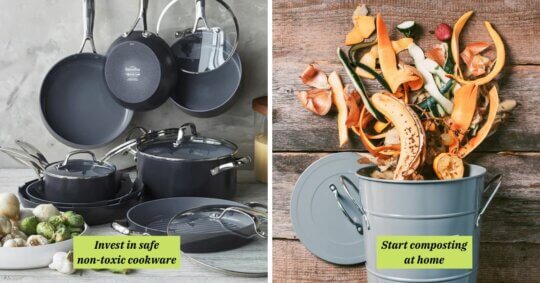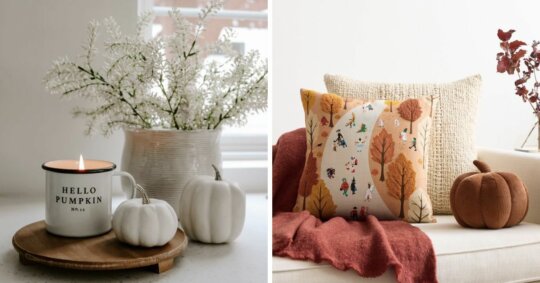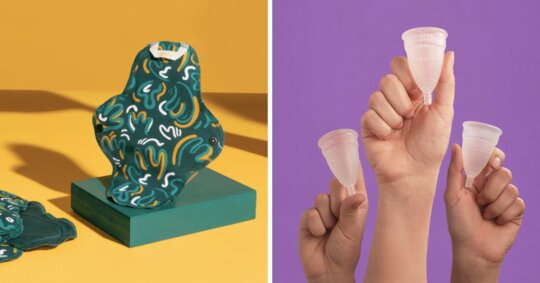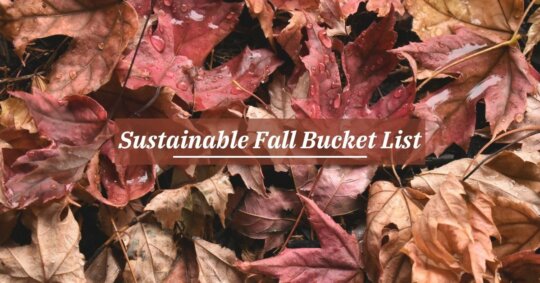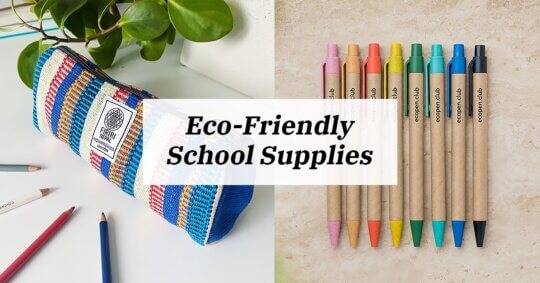We know you’ve probably heard much about sustainable clothes, zero-waste wardrobe, and ethical brands, to the point of getting confused. These sustainable fashion terms are often used interchangeably, and so, can be pretty overwhelming. Above all, we don’t want you to be misled or greenwashed by brands that push you to believe these terms are the same. Simply because they aren’t!
So, this GoodGuide will cover practically every sustainability term you may (or may not) have heard on your journey thus far. Read on.
Sustainable fashion terms every planet-lover should know
From cruelty-free and GOTS-certified to sustainable fabrics, you’ve probably heard of all of these terms when buying a new piece of clothing. Or at least when researching the best sustainable clothing brands. But today, we bring you our glossary of all sustainability terms you need to get clarity on.
• Artisan

An artisan is a skilled craft worker who makes or creates clothing or any other piece, entirely or partly by hand only. When you support a label that promotes artisanal skills and expertise, you help that person who puts in long hours for you to look your best. So, the next time you’re out shopping, know the source of your clothes; and if artisans made the clothing, that’s your cue to opt for it. This, of course, if at all you want to shop; otherwise, zero-waste living is the best!
• Biodegradable
The term biodegradable is often used when discussing materials or fabrics in the sustainable fashion industry. It simply means the product can be broken down naturally without harming the environment. One of the most common sustainable fashion terms, biodegradable, broadly refers to non-synthetic fabrics, those without dyes and finishing chemicals. So, these harmful chemicals aren’t released into the environment even when the clothes are discarded. Instead, it biodegrades naturally.
• Carbon footprint
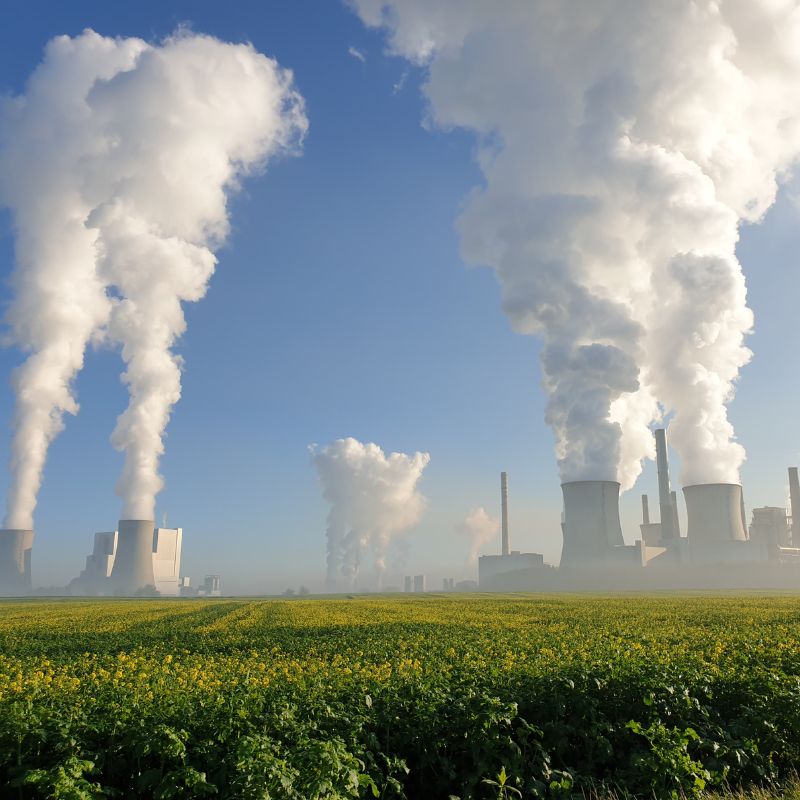
Carbon footprint is one of those sustainability words used when talking about an individual or a brand on the whole. It is the total amount of greenhouse gases like CO2 and methane released into the air through our actions. Multinational oil and gas company BP initially coined this term to shift the responsibility of cutting emissions to consumers. But today, it applies to every action, including a brand’s shipping process, the place of shipping, and their packaging.
Related: 20 Simple Ways To Reduce Your Carbon Footprint
• Carbon insetting and offsetting
When it comes to climate management, insetting is one of the best climate protection methods for organizations. The company can pick strategies and make project decisions that best suit its focus, feasibility, and ability to reduce emissions. It includes donating a portion of their sales to plant trees or investing in carbon-neutral shipping. Whereas, carbon offset is any action that compensates for the emission of carbon dioxide or other greenhouse gases by reducing emissions elsewhere. These are often used in and as sustainable fashion terms for clothing brands.
Related: How Does Carbon Insetting Help?
• Child labor
Sustainable fashion brands say a big no to child labor since it is defined as work that deprives children of their basic rights and dignity, and is harmful to their mental and physical health. This is not just one of those sustainable fashion terms you need to check before buying from any brand, but also avoid such fast fashion brands in all spheres.
• Circular fashion/ economy
These sustainable fashion terms refer to the entire lifecycle of a product and center on creating, using, and recycling, in contrast to creating, using, and disposing of products. This sustainability term looks at a product beyond its original function and focuses on how it can be used and repurposed even after the end of its life. These terms consider everything from the design, sourcing, transportation, storage, and marketing to the disposal of the product.
• Cruelty-free

If you thought this was one of those sustainable fashion terms that were only meant to be used in beauty products, you’re quite wrong. Cruelty-free implies that the brand has not tested ingredients or the product on animals during production. Cruelty-free fashion means that no animals are killed or harmed. This applies to the process of manufacture of both the material and the product.
• Craftsmanship
A skilled manual worker who creates functional or just decorative items is known as a craftsman or artisan. In fashion, it can also refer to the tailoring of clothes.
• Eco-friendly fashion
Do you hear this sustainability term everywhere, just like we have? Well, just like the popular word, ‘sustainable,’ or eco-friendly, takes many factors into account. When a clothing brand refers to itself as eco-friendly, it is minimizing anything that would negatively impact the planet. An eco-friendly fashion brand will always choose sustainable fabrics and production processes where chemicals aren’t used to grow the fiber or make the fabric.
• Environmental impact
Environmental impact is an effect that certain activities have on the natural environment. The term generally applies to the changes experienced by the environment due to particular events or actions taken by a project, brand, or industry. However, you can always try to support brands that have the least environmental impact with their production, supply, and even products.
Related: What Exactly Is The Difference Between Zero Waste And Low Impact?
• Ethical Fashion
This is one of those sustainability words you would’ve seen trending on all your favorite social media platforms. It simply means creating goods that positively impact the lives of those making them, including their living wages, working conditions, health, and safety. However, the sustainable fashion term ethical fashion is also used to refer to cruelty-free products. But, make sure to always cross-check a brand before choosing it for your fashion outfits.
• Fast Fashion
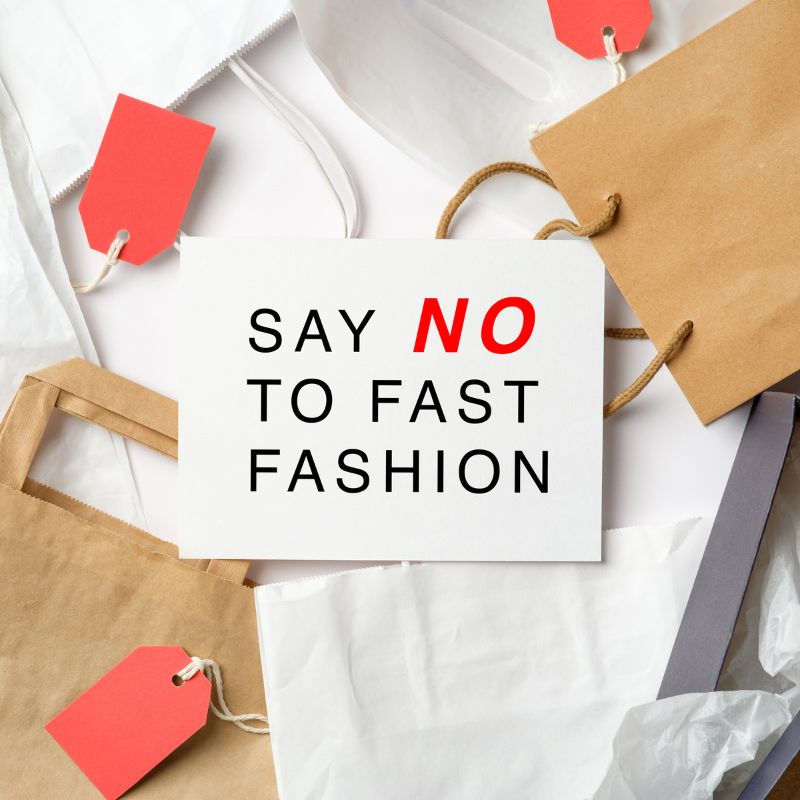
Fast fashion is literally everywhere! And it’s in the limelight so much, that we always tend to focus on why it is bad. But what does this sustainability term exactly mean? It refers to designing, creating, and producing items based on fast-moving trends. These products are often made by employees who are treated badly and paid a meager wage with no sustainable fabrics or production methods. Such clothes are later sold for such attractive prices that you’re urged to buy them. The worst part is these brands produce a new collection every week. Some of these fashion industry giants include H&M, Zara, TopShop, and Fashion Nova.
Related: How To Break Up With Fast Fashion?
• Fairtrade Mark
This sustainability term is a signifier for products that meet internationally agreed economic, environmental, and social fair trade standards. The best part about such labels is that profits made from products that qualify for the FairTrade Mark go towards supporting farmers and workers, improving lives and communities. Fairtrade Cotton has its own mark, and these sustainable fashion terms are symbols in themselves of how ethical the garment is.
• Fashion Revolution
A revolution that has been spoken about for years now! But what does it actually mean? It refers to a global movement that believes the fashion industry should value the environment, people, creativity, and profit. Since 2013, Fashion Revolution has designated the day of the Bangladeshi building collapse, also known as the Rana Plaza disaster, as Fashion Revolution Day and hosts events on that day every year. The incident not only came as a shock to the fast fashion buyers but brought with it a revolution known as #fashionrevolution. Killing over 1100 people and injuring many more, consumers were more aware of #whomademyclothes.
• FSC-certified
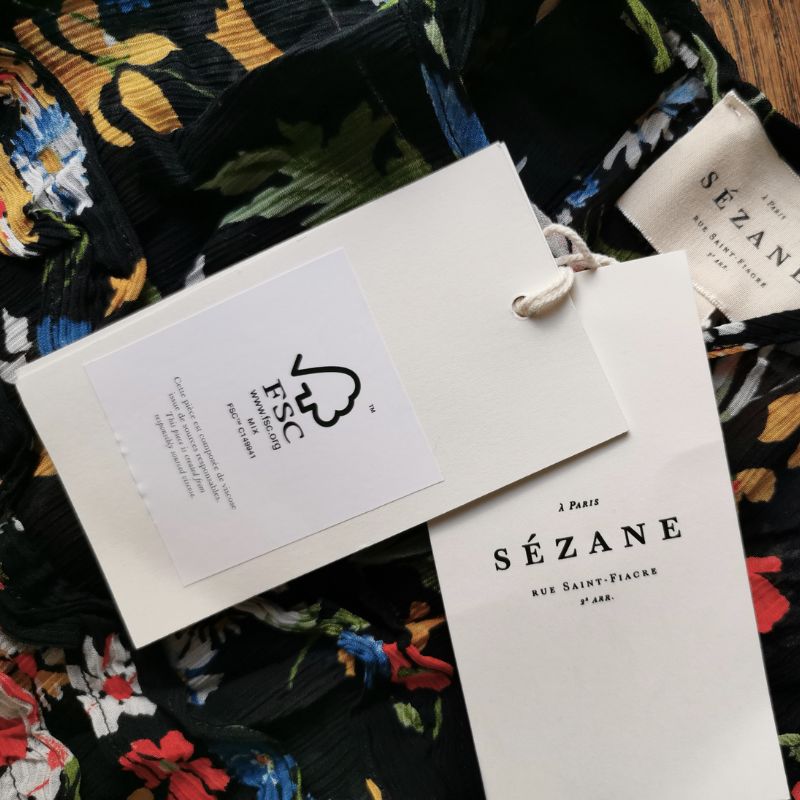
If you’re an avid slow fashion lover, you must have seen this label. It means that the fabric is made from tree fibers that are obtained from sustainable sources and not from endangered or ancient forests. For example, Tencel often comes from FSC-certified eucalyptus.
• GOTS-certified
This is one of those sustainable fashion terms that hold true importance when choosing a fashion brand. GOTS-certified means that the item or fabric is certified by the Global Organic Textile Standard. However, it is one of the most difficult standards to obtain. It measures the organic status of textiles, from harvesting the raw materials to their labeling.
• Greenwashing
If there’s anything we don’t want you to go through on your sustainable journey, it’s greenwashing. The term simply refers to the practice of branding or marketing a product in ways that mislead consumers. Most brands usually present themselves as ‘eco-friendly’ with recycled packaging but do not address the critical labor treatments. Most brands release ‘conscious collections’ whereas their other inventory is purely not sustainable.
Related: How To Tell If A Brand Is Ethical Or Sustainable? 8 Ways To Avoid Getting Greenwashed
• Microplastics
This is a term you often hear when talking about certain products that end up in landfills, which the planet doesn’t deserve. When clothes are made from synthetic fibers rather than sustainable fabrics, they release microfibers when washed. So, the mechanical and chemical stresses that fabrics undergo during the laundry process in a washing machine, are primarily responsible for the release of microplastics from synthetic clothing.
• Minimalism
If you’re curious about sustainable fashion terms, chances are you’ve already heard about minimalism. It is about reducing the number of items you already own. The belief is to have, and make do with, less. It has everything to do with decluttering and organizing your wardrobe and being happy with your already owned items. And it has nothing to do with adding more to those overflowing landfills.
So, if you enjoy Netflix, you shouldn’t at all miss watching Minimalists, a show inspired by this concept.
Related: What Is Minimalist Lifestyle? A Guide To Living A Minimal Life
• Organic
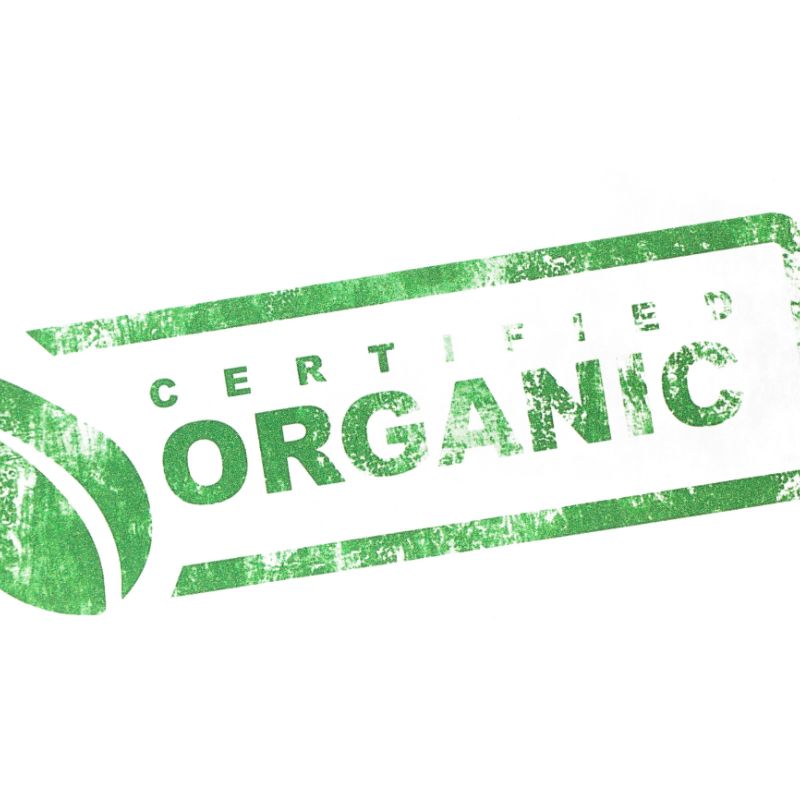
This is a sustainability term you more often find in the food industry. But, it also applies to fashion. Organic refers to raw materials that aren’t genetically modified (GM) and have been grown without chemicals, fertilizers, pesticides, or other harmful methods. It denotes a positive context, but do not confuse it with being ‘ethical.’ As such, organic fabrics could still be harvested while following unfair practices like child labor.
• Organic Cotton
When talking about sustainable fabrics, organic cotton is one of the most common ones to find. However, it is often debated whether organic cotton is more sustainable than conventional cotton. It is due to the fact that organic cotton requires more water and irrigation than conventional cotton. Of course, conventional cotton isn’t safe to consume at all; so the whole point is to consume less cotton overall.
Related: What’s Wrong With Our Regular Cotton Clothing? Why Organic Cotton Is A Better Choice?
• Recycling
Well, how can one not talk about recycling when talking about sustainable fashion? It is one of those sustainability keywords that means the conversion of discarded items into something reusable. Today, fortunately, there are brands like Girlfriend Collective that take your used items and turn them into something useful. In the same way, certain clothing brands recycle plastic bottles to make coats or sweaters.
Related: 10 Creative Ways To Reuse And Recycle Clothes To Keep Them Out Of Landfills
• Reduce
Reduce what, you may wonder? It simply refers to reducing your carbon footprint, the emission of greenhouse gases by brands, your consumption of fast fashion, and much more to save the planet.
Related: 20 Simple Ways To Reduce Your Carbon Footprint
• Reuse
You can always reuse the items you’ve brought. Yes, even clothing. Once you no longer use a garment for reasons like it’s reaching the end of its lifecycle or if you no longer like it, even then, you can reuse it! You can always give them a second life by donating, selling, or DIYing something out of them. In simpler words, reusing is just one of the Rs in sustainable fashion terms.
• Secondhand clothing
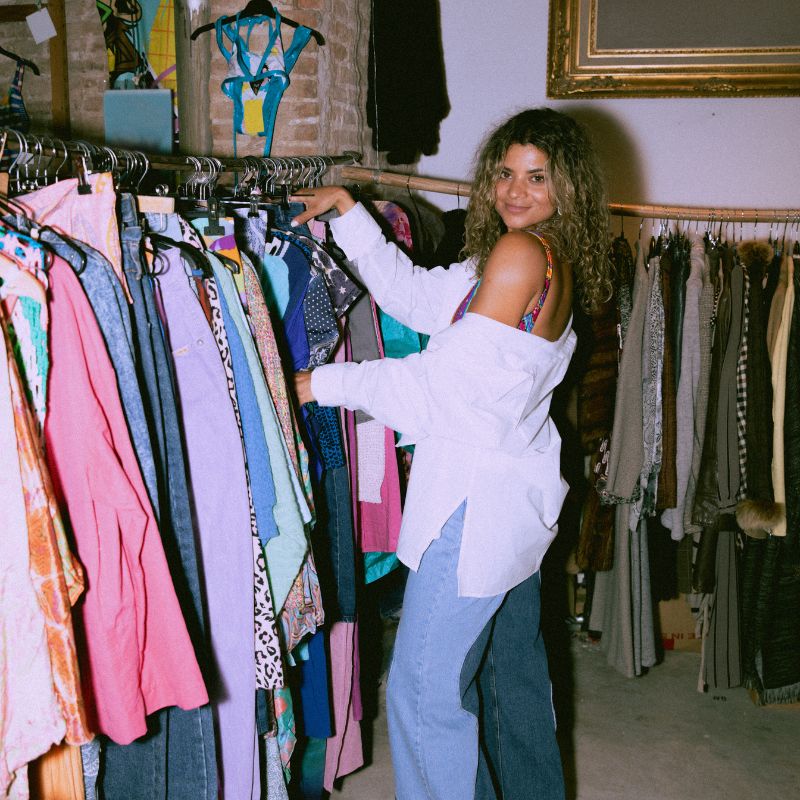
Apparel that has been worn once or twice before is frequently referred to as secondhand clothing. Fortunately, secondhand clothes are now ‘in’ thanks to a variety of sustainable brands that have emerged to do their part for the environment. Numerous apps also allow you to purchase, sell, or swap clothes. Additionally, you can sell your clothes back to the brands you originally purchased them from. This helps in giving these items a new home while preventing them from ending up in landfills.
Related: Does Reselling Really Help The Planet?
• Shop local
One of the best things you can do to support small businesses in particular, and the planet, in general, is to take this step. Shopping local helps to minimize your carbon footprint as you limit transportation. Along with it, you can support the growth of small businesses that, in contrast to fast fashion labels, make smaller quantities of goods from higher-quality materials.
• Slow fashion
In a sense, we live for this! Naturally, slow fashion is the opposite of fast fashion. It is a fashion revolution led by brands concerned about the environment in response to the fast pace of fast fashion labels. Slow fashion simply means the opposite — that new collections aren’t launched every week by risking the lives of the workers or adding to the carbon footprint. These brands use sustainable fabrics, and high-quality materials and avoid being trend-driven. Instead, they focus on classic pieces that stand the test of time.
Related: What Is Slow Fashion? Why Should You Choose It?
• Sustainable fashion
This refers to an environmentally friendly approach to clothing manufacturing, production, shipping, and consumption. The purpose of sustainable fashion is to create as little harm to the environment as possible. The brands that are sustainable use the least amount of resources the planet has blessed us with. Additionally, it emphasizes recycling and reusing clothing to increase its lifespan.
• Sustainable fabrics
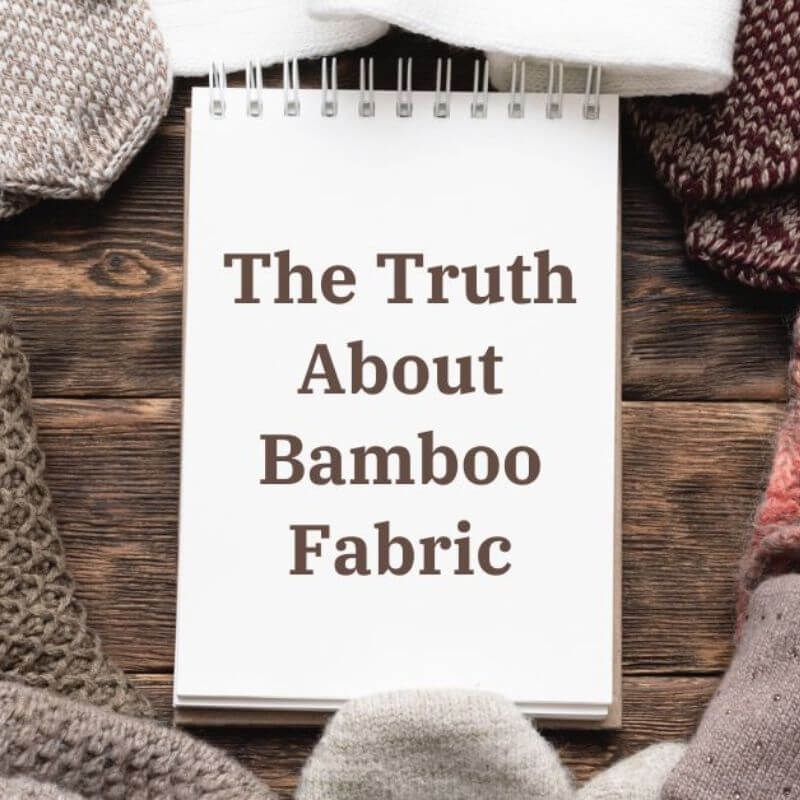
Though there have been discussions concerning the sustainability of certain materials, certain fabrics outperform the rest. These include organic cotton, linen, hemp, modal, Tencel, and many other materials. However, these fabrics aren’t fully sustainable if they’re created with chemicals or other toxic materials.
• Swap parties
These are gatherings or events where members can trade their clothing. Swap parties are a great way to update your wardrobe while also allowing you to save a lot of money!
• Thrift stores
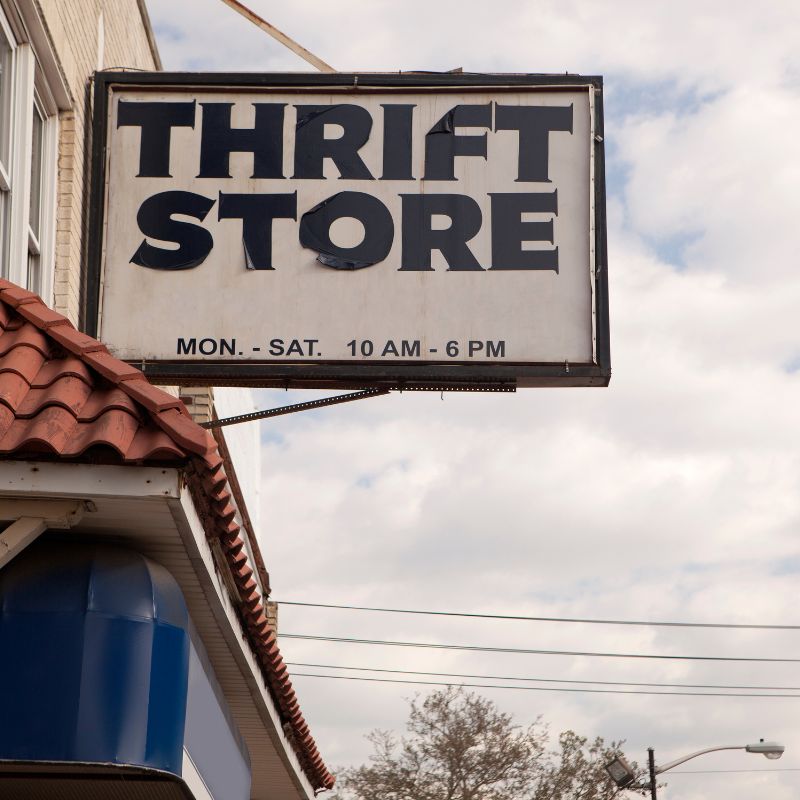
This is one of our favorite ways to shop! There are a number of thrift stores online and offline where you can find exclusive designer and retro pieces. These thrift stores can help you save a lot of money in addition to offering a number of brands and secondhand pieces.
Related: Is Thrifting Really Sustainable? A Look Into This Viral Social Media Trend
• Transparency
Brands are considered transparent if they have been upfront and honest about their manufacturing and distribution processes. A true sustainable slow fashion brand will always be transparent about its practices, including the working conditions of its workers, and its own supply chain, as well as the materials used and their sources.
• Vegan fashion
As it turns out, vegan simply doesn’t mean food! In fact, the term ‘vegan’ is used to describe practices where no apparel is made with materials originating from animals. Vegans choose not to dress in items made of materials like leather, fur, wool, and lambskin. Even silk, which is made by silkworms, is unacceptable for vegans to wear as clothes. However, if you’re looking for vegan leather, you must first check this guide.
Related: What Is Vegan Leather? Is It Better Than Real Leather?
• Zero-waste wardrobe
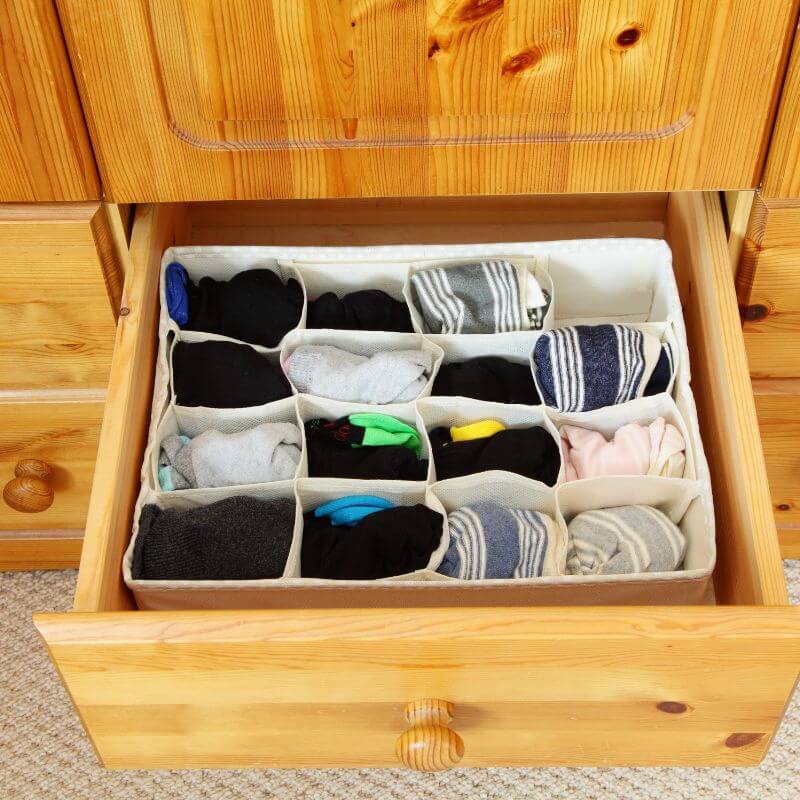
A zero-waste wardrobe aims to send absolutely no waste to the landfill, much like other areas of one’s home. So, in order to create a zero-waste wardrobe, we must fundamentally change the way we think about clothes and begin to regard them as an investment, meant to be worn repeatedly.
We hope this guide of sustainable fashion terms was enough to motivate you to only choose brands that claim to be what they are — sustainable!
And you should also check out these sustainability-related buzzwords to avoid getting greenwashed.





